Citizen, known for its reliable timepieces, boasts a rich history. But have you wondered where these watches are made?
Are they truly made in Japan, or are their components sources from across the globe?
Read on to find out the answer to the question, "Where are Citizen watches made?", and we'll learn whether Citizen watches are made in Japan or some other country.
Also Read: Are Invicta Watches Made in China?
Where Are Citizen Watches Made?
Are Citizen Watches Made in Japan?
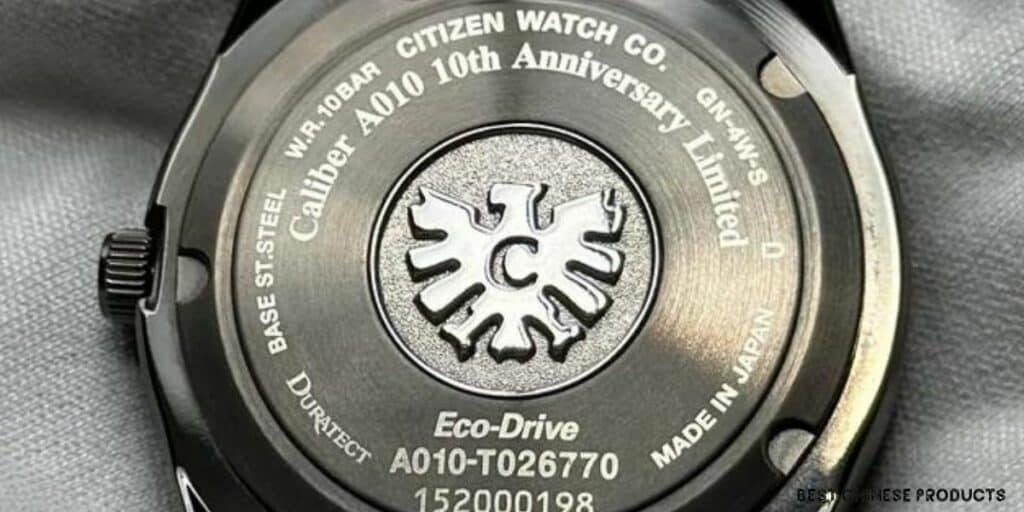
Citizen watches are fundamentally rooted in Japan. Recognized globally for their innovative Eco-drive movements, these watches are meticulously assembled in Japan's cutting-edge production facilities.
Yet, it's essential to note that while the core technology and craftsmanship are undeniably Japanese, components for Citizen watches might also be sourced from various other countries, including Thailand, China, and Brazil.
Where in Japan Are Various Parts of Citizen Watches Made?
Citizen watches stand as a testament to meticulous craftsmanship and precision, each element carefully produced in distinct facilities throughout Japan:
Design Origin: Tokyo is the heart of design innovation, where the look and functional aspects of Citizen watches come to life.
Gearing Mechanisms: Both the Yubari and Kagoshima Factories play a pivotal role in crafting the intricate gears.
Oscillating Balance: The Akita Factory specializes in producing the oscillating weights crucial for watch movements.
Plastic Elements: Facilities in Iida Matsuo and Fuji Kawaguchiko take the lead in shaping various plastic components integral to some watch designs.
Circuitry: The Saitama Yoshimi Factory is responsible for the delicate circuits that form the backbone of electronic functions in the watches.
Crystal Oscillators: These vital components are finely crafted at the Citizen FineDevice Factory.
Motor Production: Citizen Micro focuses on creating the motors that power the watch movements.
Dial Creation: The beautiful dials that grace each watch are meticulously crafted at the Kawaguchiko Citizen FineDevice Factory.
After these components are made, the sophisticated watch movements are assembled at the esteemed Miyota Saku Factory.
Later stages of watch creation, which involve refining and adding finishing touches, are executed in factories like Kitakami Minami, Tohoku Nishiwaga, and Tohoku Soma.
Ultimately, the final watch structures that the world sees and wears are shaped and finished in the Iida Tonooka and Myoko Factories.
Are Citizen Watches Made in-house or in Third-party Factories?
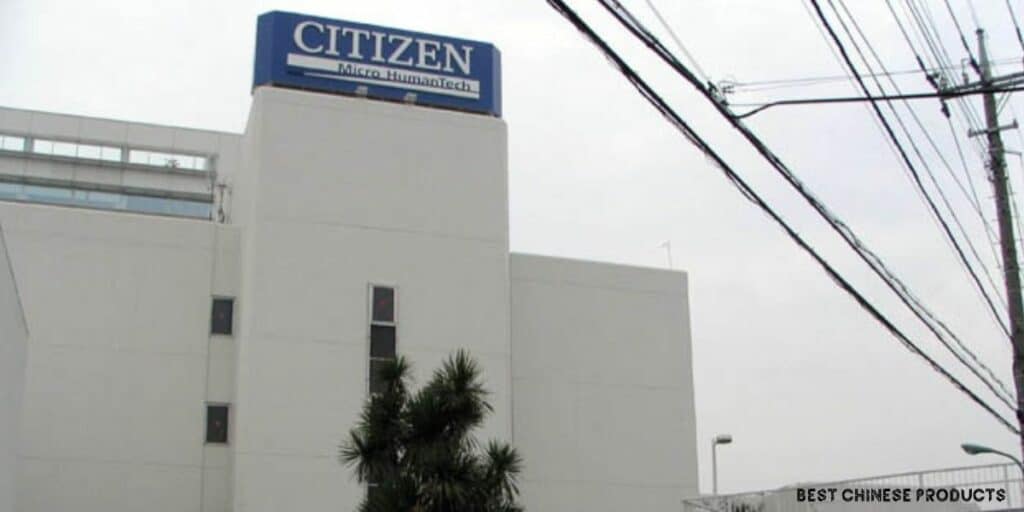
Citizen manages all its manufacturing in-house, creating individual watch components that are later assembled to perfection.
This dedication to quality is mirrored in their expansion.
While many core components are made in-house, Citizen, like many global brands, sources certain parts from specialized suppliers, especially when it's more efficient or economical. For instance, specific raw materials, straps, or minor parts might be outsourced.
Citizen has expanded its operations globally. While their heart remains in Japan, they do have facilities in countries like Singapore, Thailand, China, and Brazil.
It's not uncommon for global brands to have manufacturing or assembly units in other parts of the world to cater to local demand and logistics. However, these are not third-party factories; they are owned and managed by Citizen.
Do Citizen Watches Have Components Made in China?
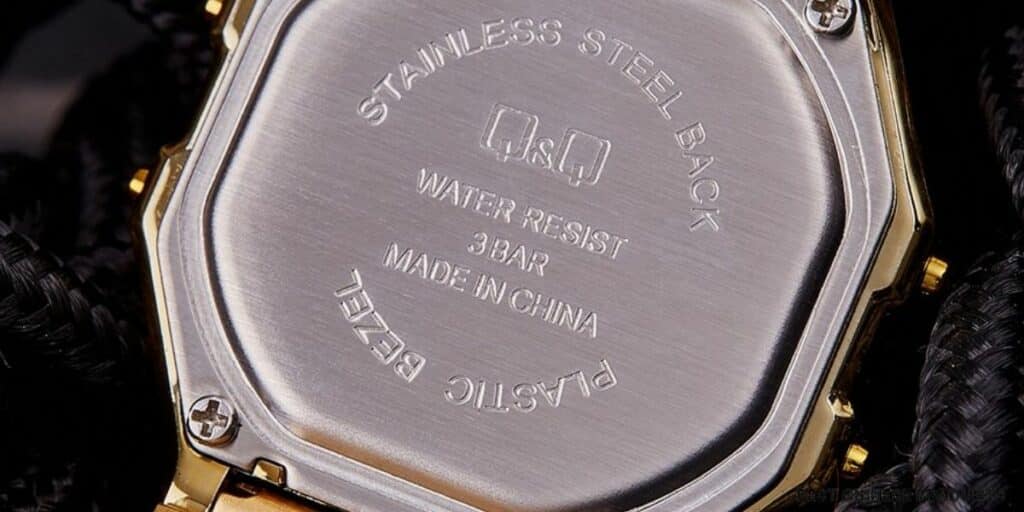
Citizen watches are intrinsically linked with their Japanese heritage, particularly when it comes to their iconic movement mechanisms.
However, as global demand for the brand has surged, Citizen has expanded its production partnerships.
Consequently, Citizen now collaborates with countries like China on their Q&Q series. This means that certain parts of these watches, such as its casing or wristband, could be manufactured in Chinese factories.
Is Citizen a Swiss-made Watch?
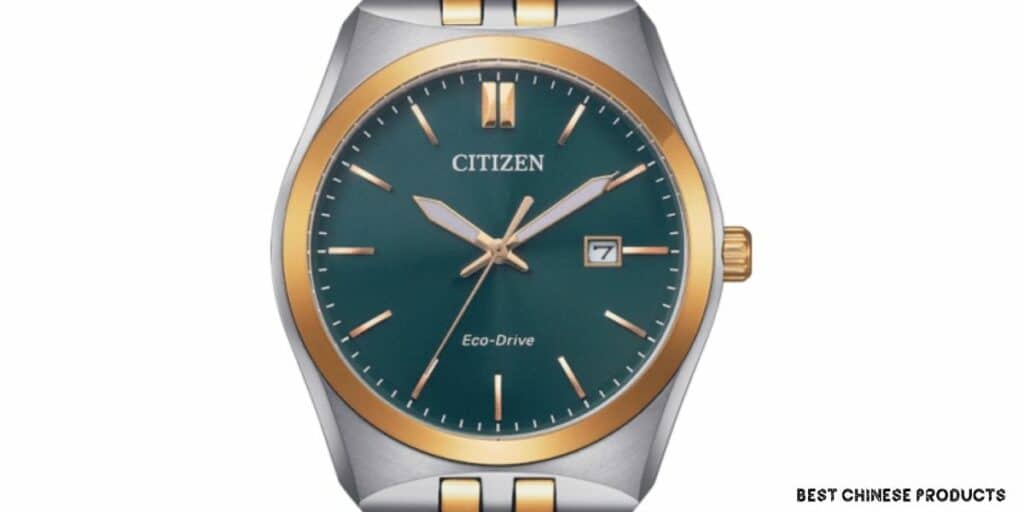
No, Citizen is not classified as a Swiss-made watch. Instead, it stands as an embodiment of Japanese craftsmanship and innovation.
While there were Swiss design influences up until 1938, the modern Citizen brand has firmly established its design and production center in Tokyo, Japan.
So, when you think of Citizen watches, it's Japanese excellence that should come to mind, not Swiss origins.
Who is Responsible for the Movement in Citizen Watches?

The movement, often referred to as the "heart" of a watch, in Citizen timepieces is masterfully crafted by the Miyota Saku Factory in Japan.
This factory has been instrumental in the production of Citizen's watch movements for approximately four decades.
Notably, it's this facility that has pioneered the innovative Eco-Drive technology.
This unique technology allows watches to harness energy from any light source and efficiently power the timepiece, ensuring it operates seamlessly even in the absence of light for prolonged durations.
Who Owns Citizen Watches?
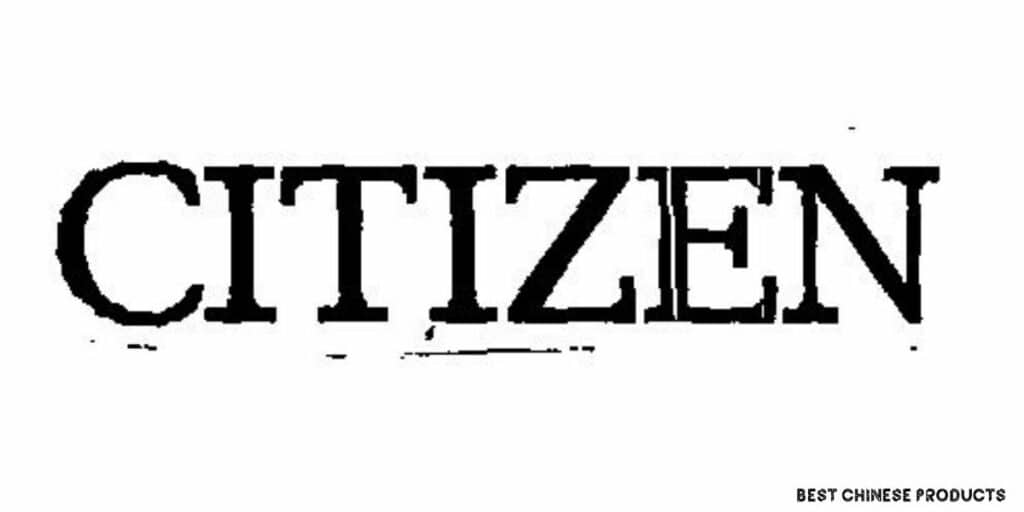
Citizen Watch Co., Ltd. proudly owns the Citizen watch brand. Their staggering growth and commitment to quality are evident in their impressive annual revenue and their global presence, with over 12.55k employees.
How to Distinguish Between Real and Fake Citizen Watches
1. Logo & Branding
- Genuine Citizen watches have a crisp and clear logo, usually at the 12 o'clock position. Counterfeit watches may have blurry, misaligned, or incorrect logos.
2. Serial Number
- Authentic Citizen watches come with a unique serial number engraved on the case back. Always check the authenticity of this number with Citizen's database or authorized dealers.
3. Price
- If a deal seems too good to be true, it probably is. Exceptionally low prices can be a red flag for counterfeit items.
4. Weight
- Real Citizen watches have a significant weight to them due to the quality materials used. Fakes tend to be lighter.
5. Movement
- Citizen is known for its precise movement, especially its Eco-Drive technology. If the watch doesn't seem to have the smooth movement characteristic of Citizen or lacks Eco-Drive (unless it's a specified model without it), be wary.
6. Documentation & Packaging
- Authentic watches will come with proper documentation, a warranty card, and official packaging. Counterfeits might lack these or have poorly printed materials.
7. Watch Hands & Markers
- On genuine Citizen watches, the hands and markers are meticulously aligned. On fake ones, these might be slightly off or not perfectly aligned with the corresponding numbers or indices.
8. Quality of Materials
- Citizen uses high-quality materials for its watches. Check for genuine leather, stainless steel, and scratch-resistant glass. If the materials feel cheap or show signs of poor craftsmanship, they might be counterfeits.
9. Features
- If a watch is advertised with certain features (like water resistance, calendar functions, or alarms), ensure they work properly. Counterfeits might boast features that are non-functional.
FAQs About Citizen Watches
What is Citizen's signature technology?
Where are most Citizen watches made?
How long has Citizen been in the watch-making industry?
Are Citizen and Bulova the same company?
Do Citizen watches have a serial number?
How often should I service my Citizen watch?
Related



